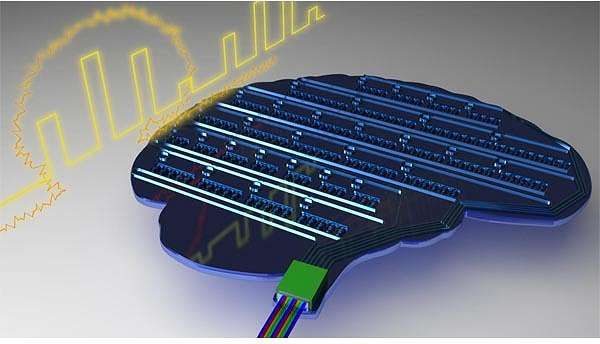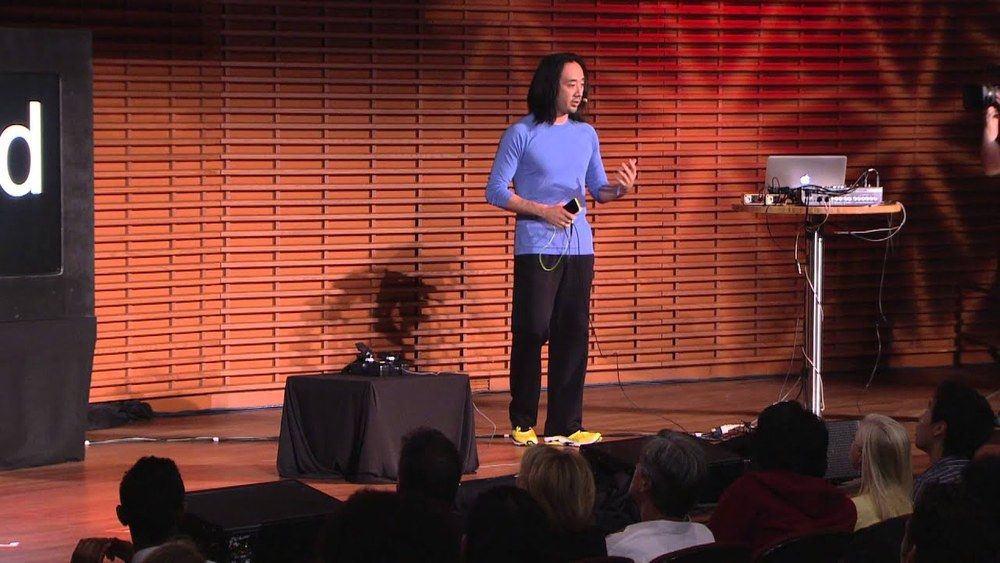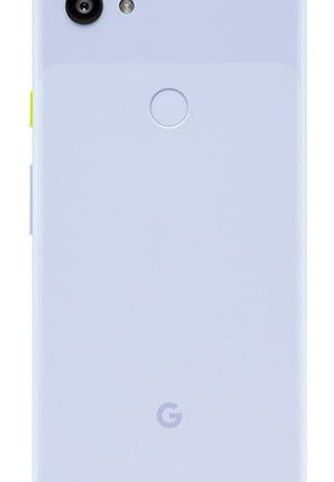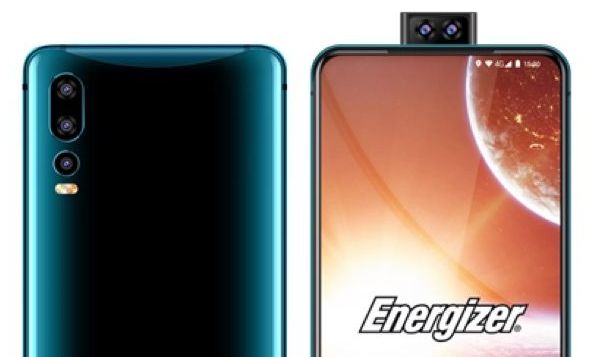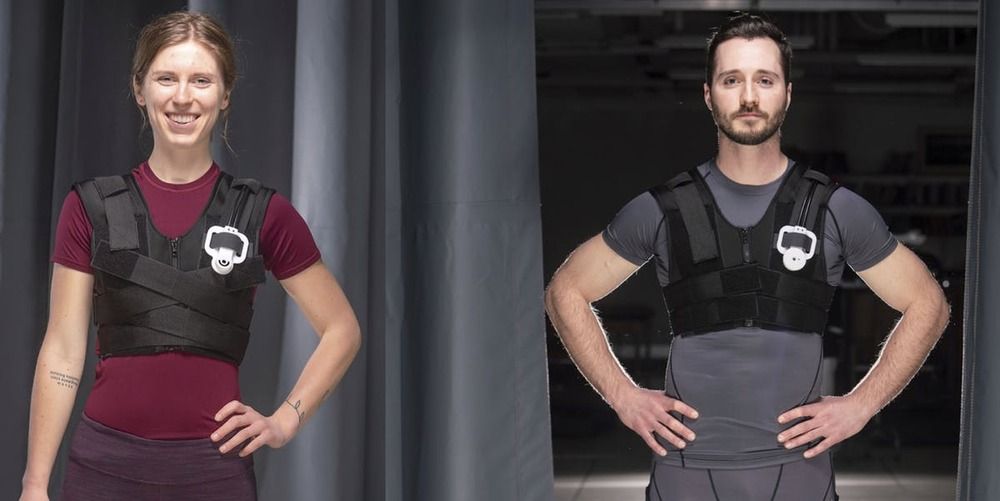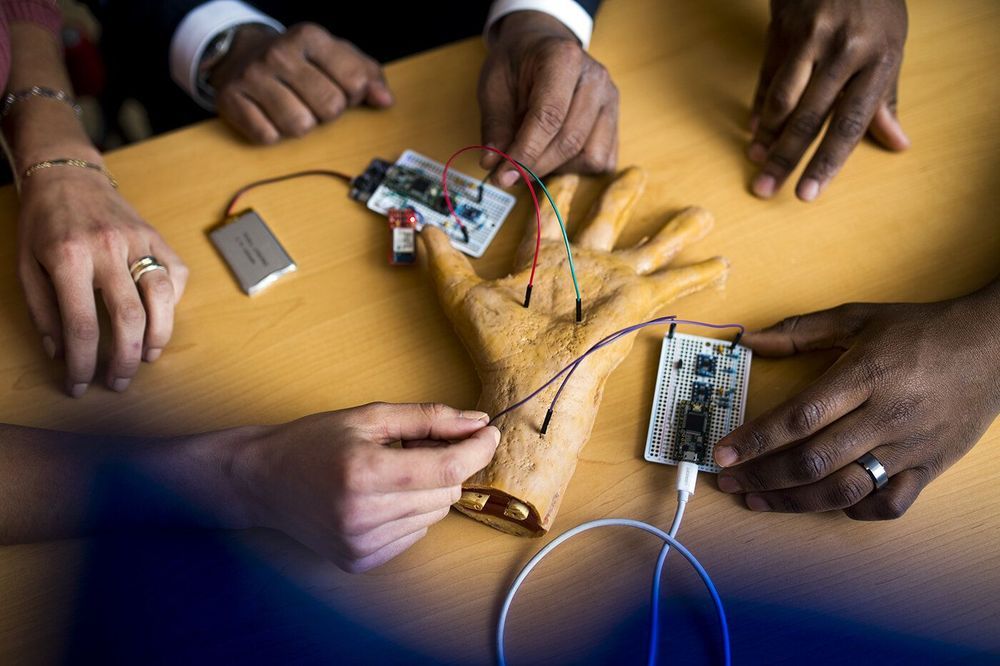Wondering if your kid is dealing with an ear infection? Soon, according to researchers at the University of Washington, there’ll be an app for that. They claim to have created a simple test that uses a smartphone and folded up paper to detect one of the telltale signs of infection—fluid in the ears—with about the same or greater accuracy as a doctor.
Ear infections are one of the first health problems people tend to experience. By the age of three, most everyone has had at least one ear infection. These infections often cause fluid build-up in the ear, as can another condition called otitis media with effusion (OME). But though most infections or cases of OME go away on their own, too much or chronic fluid can cause pain or even severe complications like hearing loss.

